The Constitution requires a census every 10 years. How the government counts people by race has changed substantially over the decades. Racial categories emerged, disappeared, and came back again. Ethnicity became a category distinct from race in the 1980 census because Hispanic people can be of any race. Today, the Census Bureau notes that all race data is based on self-identification. It also states the racial and ethnic categories in census questionnaires “generally reflect a social definition of race recognized in this country and [are] not an attempt to define race biologically, anthropologically, or genetically.”
Reviewing how the Census handled questions of race and ethnicity over the decades sheds light on how the government viewed its people. Changes in how the government collects and counts race and ethnicity data since the first census have affected everything from congressional representation to the enforcement of civil rights laws to the funding of federal programs.
Please note: Several historical government terms for specific races or ethnicities could be considered offensive to modern readers.
A timeline from 1790 to 2020 shows how census race and ethnicity questions have evolved.
In the first census in 1790, the federal government collected race data in three categories: free white people, “all other free persons,” and slaves. Three-fifths of the slave count went towards a state’s population figures used to determine apportionment of congressional seats.
The “all other free persons” included free Black and a subset of Native Americans who lived under US jurisdiction. Other Native Americans were considered “Indians not taxed,” a term used in the Constitution to refer to the Native population who lived outside of US jurisdiction. Native Americans would not be fully included in a count until 1900.
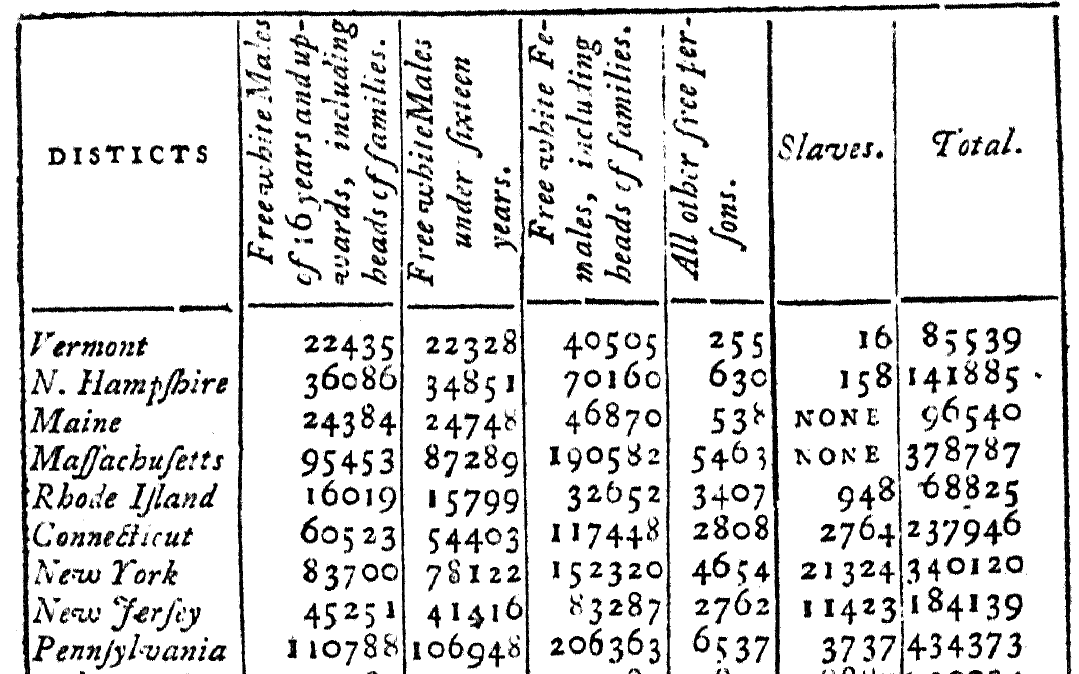
The 1820 census renamed the “all other free persons” category to “free colored persons.”
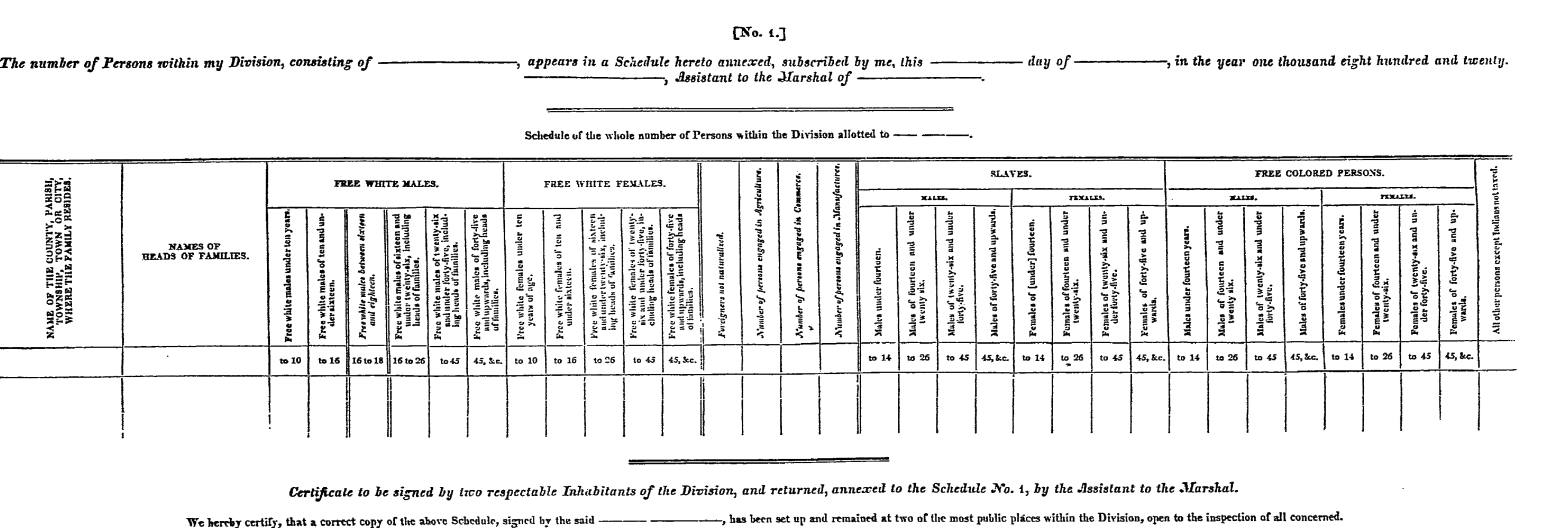
For free people, the 1850 edition offered three “color” options on the census for free people: "White, black, or mulatto.” Census instructions provided no guidance on how Native Americans living under US jurisdiction would be counted. “Mulatto”, meaning someone of mixed white and Black ancestry, would be on the census through 1920. According to the 1870 instructions to census workers, “important scientific results depend upon the correct determination of this class.”
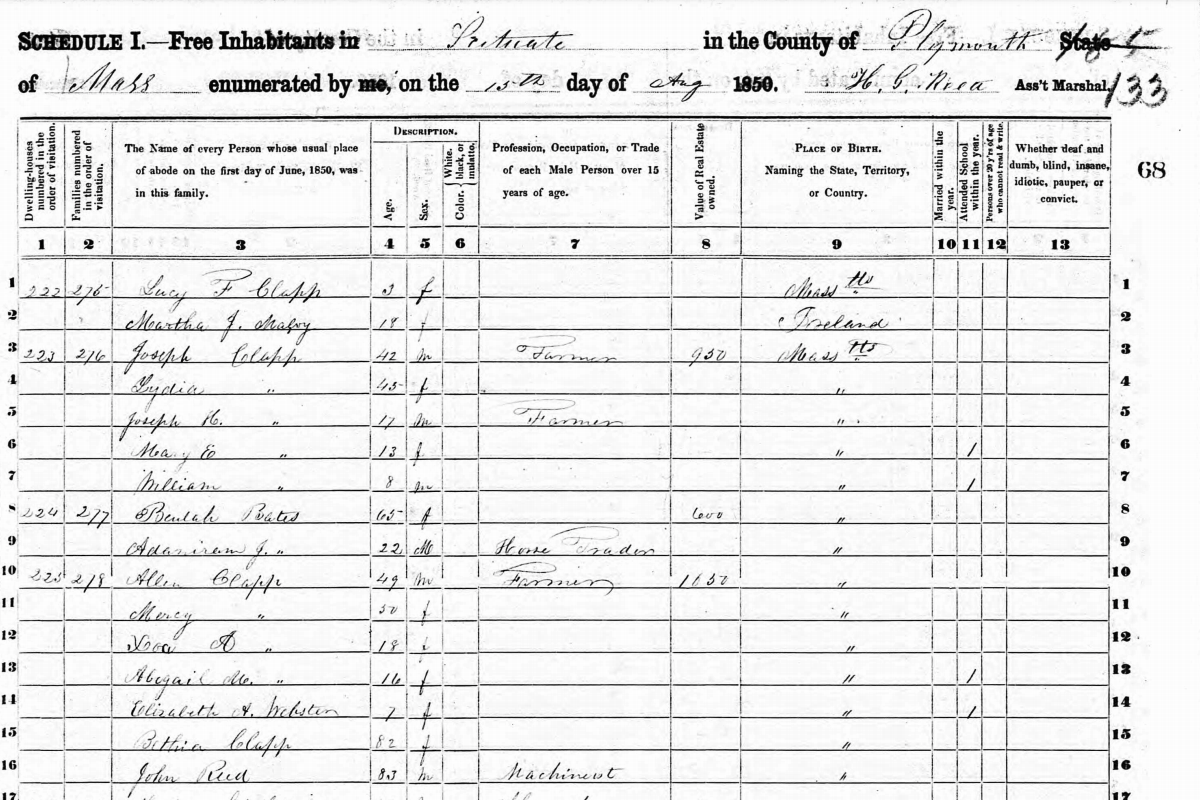
The 1850 and 1860 censuses had separate forms for enslaved people. Those people were counted under the name of their owners.
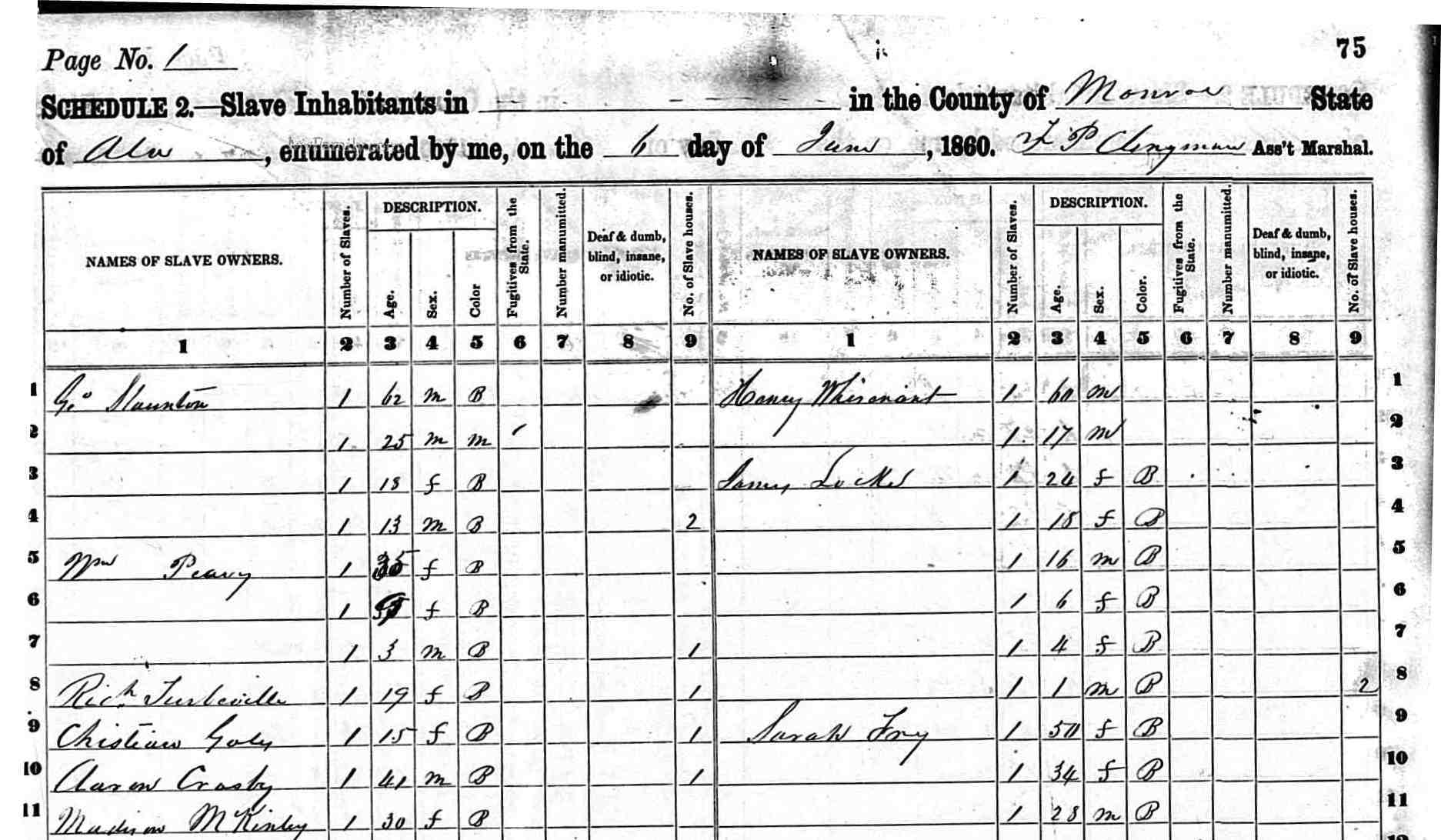
The 1860 census added "Indian," though it still did not include Native people who were not under US jurisdiction.
In 1870, the census also introduced “Chinese” as a category nationwide, the first time the census counted any Asian identity.

The 1870 census was the first post-Civil War census and did not count people as slaves. People previously counted as slaves appeared in the “free colored” section of published results, and were counted as one person, not three-fifths, for congressional apportionment. It was the first census to document the surnames of former slaves.
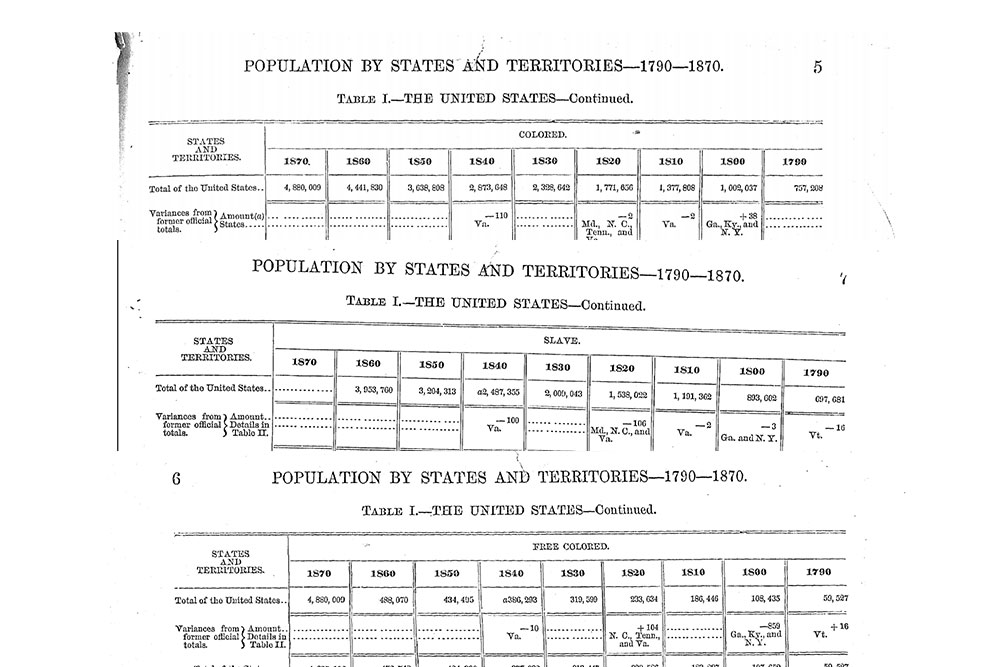
The 1890 census introduced the Japanese category and offered two new mixed-race categories: "quadroon" — according to instructions someone with one-fourth "black blood" — and "octoroon" — someone with one-eighth or less "black blood."
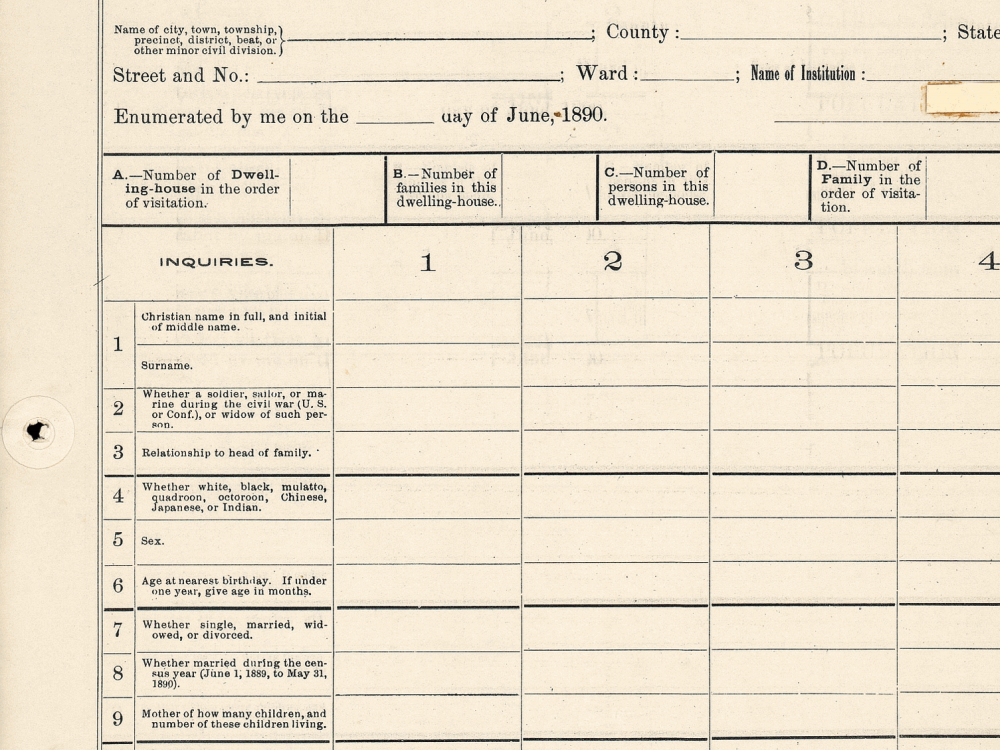
The 1900 form dropped the two new mixed-race categories. The 1900 census was also the first to count all Native Americans, both on reservations and in the general population.
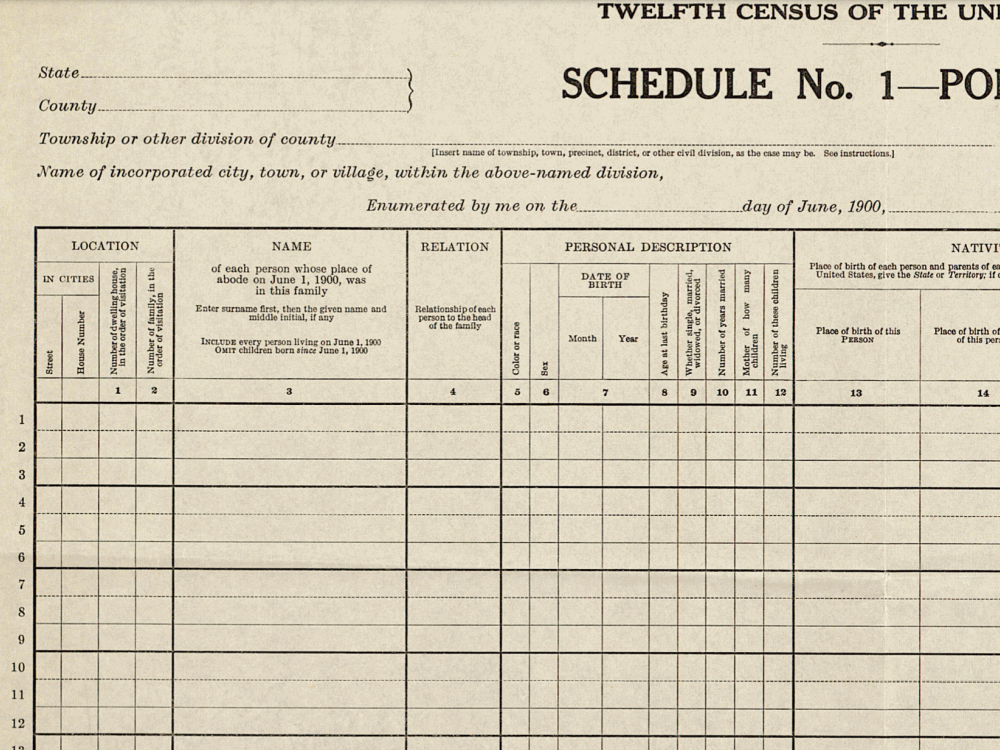
The 1910 census added an "other" category. Counters were instructed to note the details of the person’s race when using “other,” suggesting that people could identify with a race that wasn’t listed for the first time.
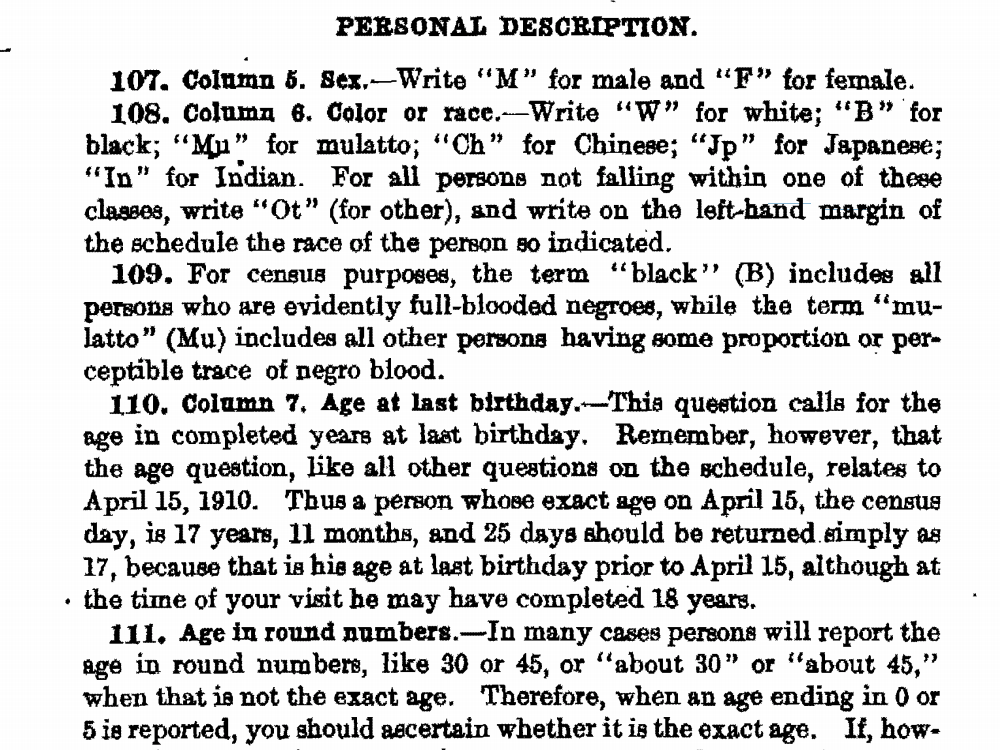
Four color or race categories were introduced in 1930: “Mexican,” “Filipino,” “Hindu,” and “Korean.” The “Hindu" category would appear again in the 1940 census, after which it was no longer a category.
Black Americans were coded as “Negro,” the first time that term was used as a racial category in the census. Censuses used the term was used until 2010, sometimes combined with the terms “Black” and “African American.”
The 1940 census dropped the “Mexican” category. According to the instructions for counters in 1940, “Mexicans are to be regarded as white unless definitely of Indian or other nonwhite race.” From 1950 to 1970, the census counted white people with Spanish surnames in five states: Arizona, California, Colorado, New Mexico, and Texas.

After Alaska and Hawaii became states in 1959, the 1960 census named four new categories: “Hawaiian”, “part Hawaiian”, “Aleut”, and “Eskimo”. The 1970 form kept the “Hawaiian” category and dropped the other three.

Two federal changes in the 1970s affected the 1980 census. A 1976 law required the federal collection of data on people of “Spanish origin or descent.” Then a 1977 directive established race and ethnicity data collection standards across the federal government. The standards were intended to enforce civil rights laws.
The 1980 form had several additional options in the race category, adding back “Eskimo” and “Aleut” while introducing “Vietnamese”, “Asian Indian”, “Guamanian”, and “Samoan”. As a result of the 1976 and 1977 changes, the 1980 census introduced the idea of "Spanish" or "Hispanic" origin in a separate question, offering options to identify as “Mexican”, “Puerto Rican”, “Cuban”, or “other”. This is the first time the Census asked about ethnicity separate from racial identity.

The 1990 form grouped all "Asian or Pacific Islander (API)" options for race under the same header and added an "other API" write-in option. It also provided write-in options for people identifying as “Spanish/Hispanic.”

After a change to the 1977 directive separated the Asian and Pacific Islander categories, the 2000 form offered different write-in options for "other Asian" and "other Pacific Islander." The 2000 form was also the first to instruct people to mark "one or more races." It also added the term “Latino” alongside “Spanish” and “Hispanic” for ethnicity.

The 2010 census added write-in examples for “other Asian” and “other Pacific Islander.”

The 2020 census offered Black and white Americans the opportunity to write in their ethnic origins for the first time.

Learn more from USAFacts and get the data directly in your inbox by signing up for our newsletter.
Keep exploring
Page sources and methodology
All of the data on the page was sourced directly from government agencies. The analysis and final review was performed by USAFacts.
Census Bureau
Through the Decades
National Archives
Native Americans in the Census, 1860-1890

